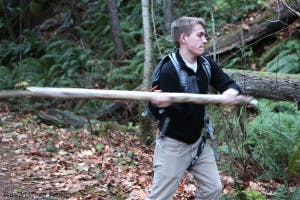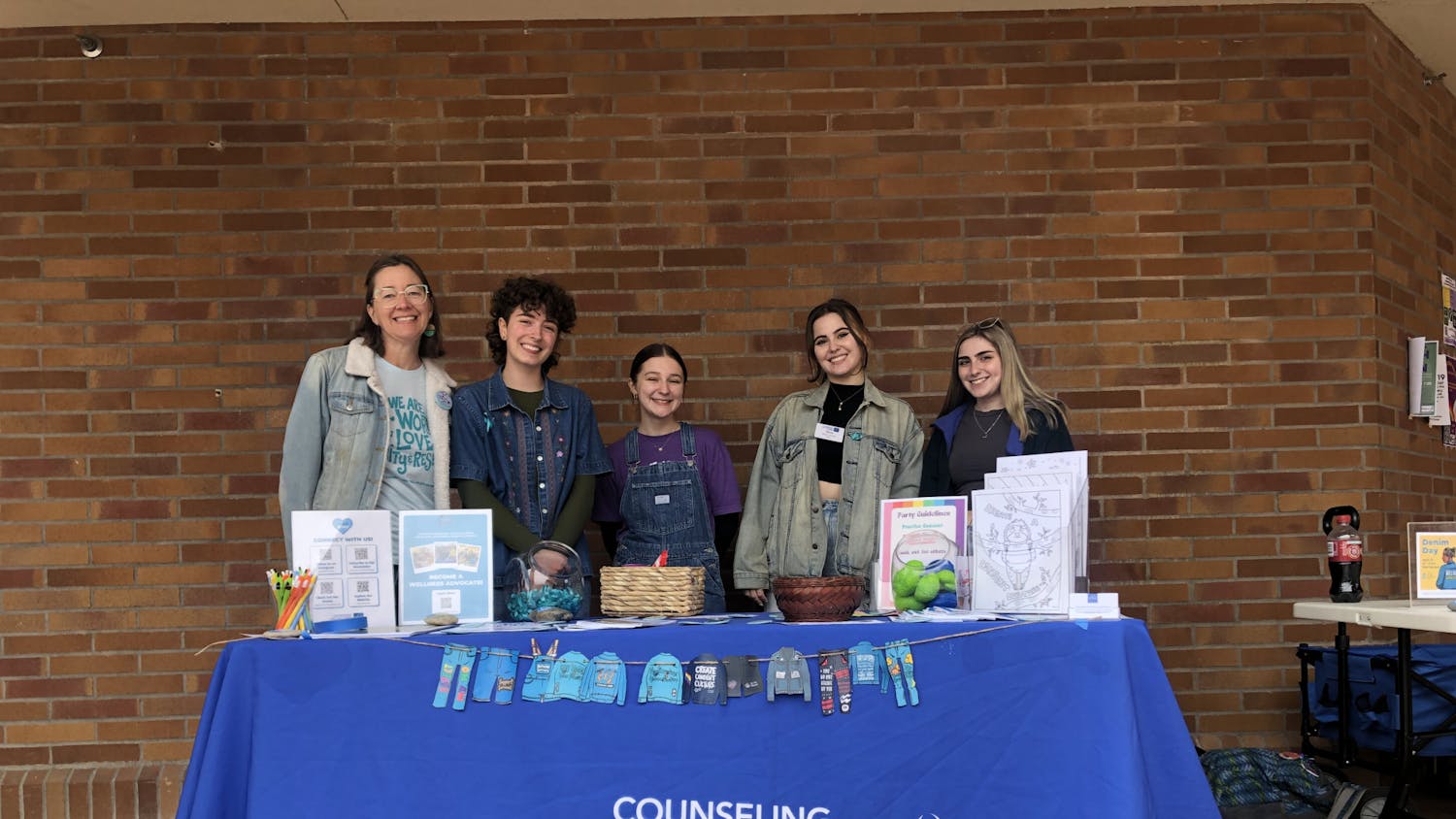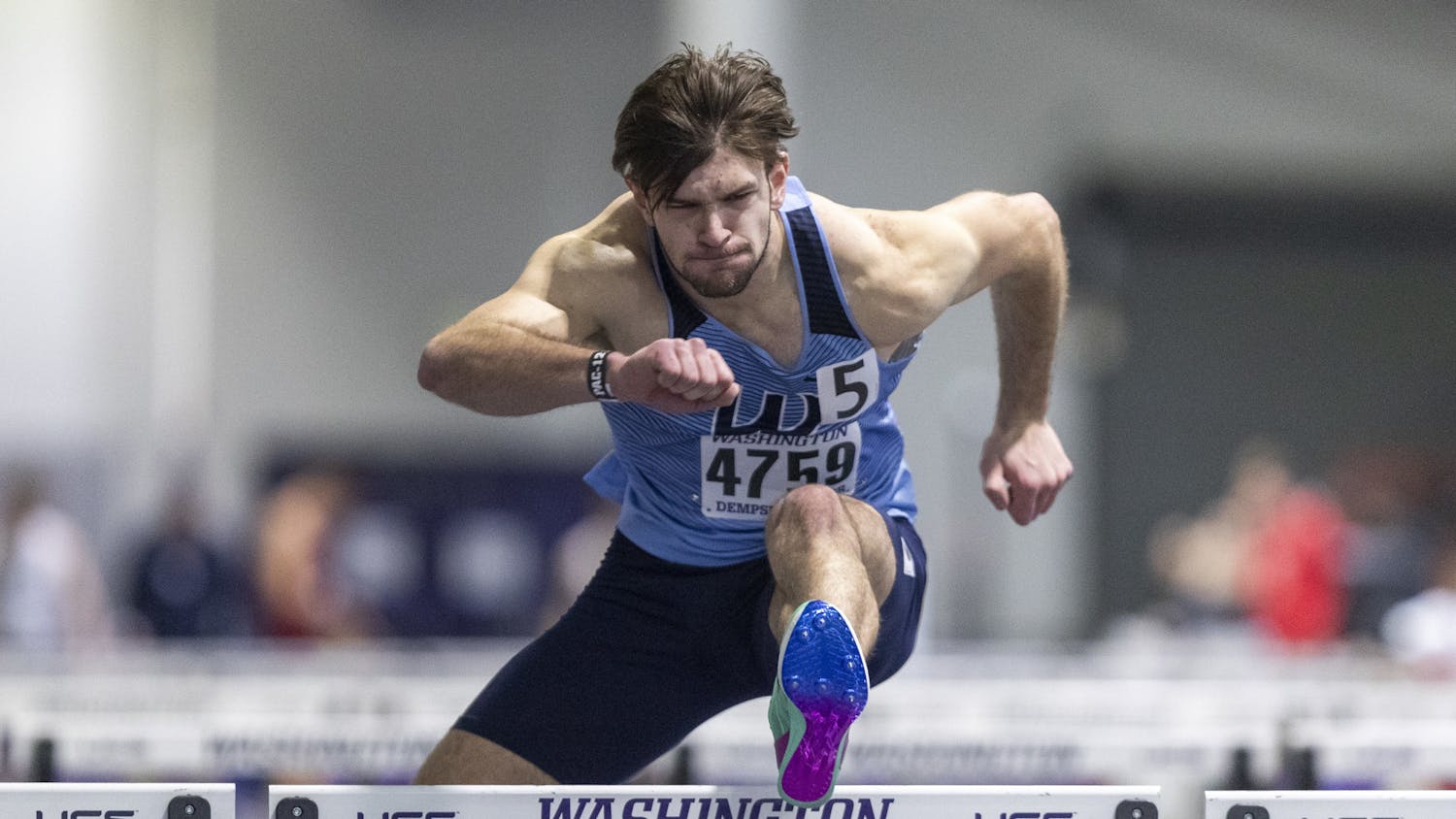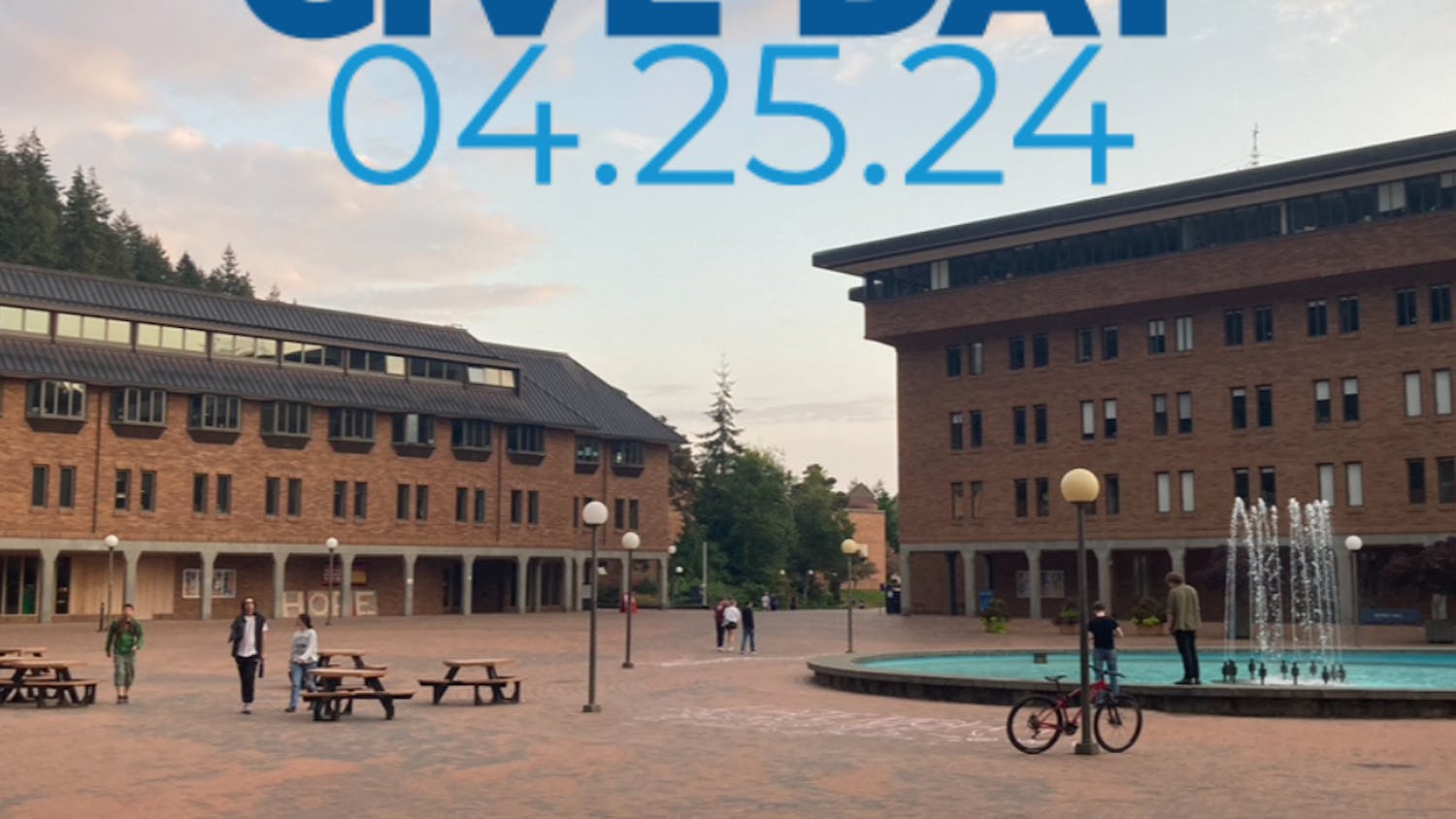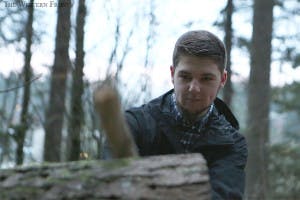
One group of Western students is conducting some rather unusual research. They hike through the woods at night, breaking the silence with howls and striking trees with heavy branches. Then they wait and listen for a response — from a Sasquatch.
As a new Associated Students club, the Western Washington University Sasquatch Organization is dedicated to researching and finding evidence of Sasquatch in the Pacific Northwest, club president Conor Workman said.
The topic is controversial, but the club stands resolute.
“We’re going to get him one of these days,” member Riley Davis said.
The club already has seven official members and quite a following of interested students, whom they expect to turn out for the first official meeting on Tuesday, Dec. 1.
Workman joined a friend in establishing a club at South Whidbey High School, after finding his own penchant for television shows about searching for Sasquatch. Those original members went on to become Western freshmen, and founded the university club.
When they arrived at Western, they wanted to continue squatching — tromping through the woods looking for signs of the creature. And with clubs for seemingly every other interest, they thought there must be room for a Sasquatch club, vice president Coel Cable said.
The founders believe Western is an ideal place for the club, due to students’ love for outdoor recreation and the popularity of lore about Sasquatch in the Pacific Northwest.
“This area of North America has the most Sasquatch sightings in the world,” Workman said.
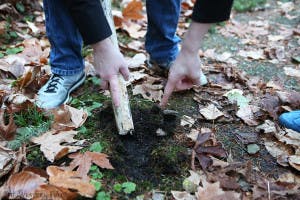
According to the Bigfoot Field Researchers Organization — a leading name in compiling and investigating reports of sightings—people have reported 615 sightings in Washington. The number is significantly greater than most states, with only California and Florida reaching more than 300. Similarly, neighboring British Columbia has 130 reported sightings; nearly double the next ranking province in Canada.
Native American nations in the Pacific Northwest also have numerous, long passed-on stories about wild men, generally thought to be Sasquatches. Different cultures have taken on the myth in their own way and telling the stories of a large furry creature named the Yeti, Bigfoot or the Yowie, according to the livescience website.
Washington appears to be an epicenter of activity, but searching for Sasquatch is more complicated than that.
Early meetings will teach members squatching basics, such as how to use Sasquatch calls and wood knocks — series of loud taps on trees thought to be a form of communication with Sasquatches. Those skills will then be put to use in the club’s first excursion, a practice hike in Sehome Hill Arboretum, Workman said.
During one such excursion before the group's formation, the club believed a Sasquatch was lobbing rocks their way.
The club was throwing rocks at trees to make wood knocks, he explained. Several missed and fell into nearby bushes. Then as they kept walking, they heard a series of objects crash into the bushes near them and land with thuds, even though they could not sense anyone moving.
“We talked to everybody and make sure no one else was throwing rocks at the time,” Cable said.
Future expeditions will consist mostly of night hikes and overnight camping, since most reported Sasquatch activity occurs after dark when there is little other sound or human activity to interfere, Workman said.
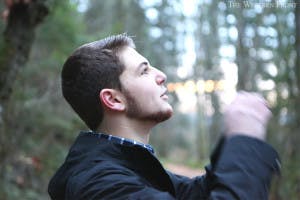
The Bigfoot Field Researchers Organization’s website includes a map of reported Sasquatch sightings, collected by county and rated for credibility, which the club uses to track frequent sightings and decide where to plan excursions.
“Every time we’ve gone out, we’ve seen or heard something,” Cable said. “We haven’t seen him yet, but we’re getting there.”
Despite the fact they have yet to see the elusive creature, the men seem to have unshakable confidence.
When the group members began squatching, they expected to feel as though much of their time was wasted, but that hasn’t been the case, Workman said.
“I don’t think I’ve ever come back from one of those [trips] and been disappointed,” Cable said.
Groups of trees with bent or broken limbs are thought to be a common sign of Sasquatch activity, done to mark territory. Other reported evidence includes tracks or footprints and a foul, heavy odor often associated with the hairy creature.
Noises are considered primary evidence of Sasquatch presence in an area, and reported calls range from the popular “Ohio howl,” which is a moaning call, to booms, screams and grunts.
The club has heard responses to both calls and wood knocks numerous times, Workman said, and described the feeling of hearing a call as exciting, but also slightly scary.
“Somewhere far from our car, far from any town at all, we’ll do a call and then hear a response,” he said.
Even without a sighting, Davis said, the trips are enjoyable for the outdoor recreation and social time. While they do ask that members take squatching at least somewhat seriously, the club was established to be fun.
“Good way to pass the time, hunting down mythical beasts,” Davis said, in a joking tone.
The founders stress that club is open to anyone, even the skeptics. Even the group carries their doubts, but Workman remains quite confident that the creature does exist, he said.
Cable joined the group because he is “on the fence” about the lore. Members of his family have reported sightings, but he has yet to decide for himself and sees the club’s research as a way of satisfying his curiosity — one way or the other.
Whether or not the club will be able to fully satisfy their curiosity is unclear, but they intend to stick with it throughout their time at Western, and want to see others get involved in squatching as well, Workman said.
“Even if you’re skeptical or just want to go hiking,” Davis said. “Come along, socialize, have fun and make memories.”
